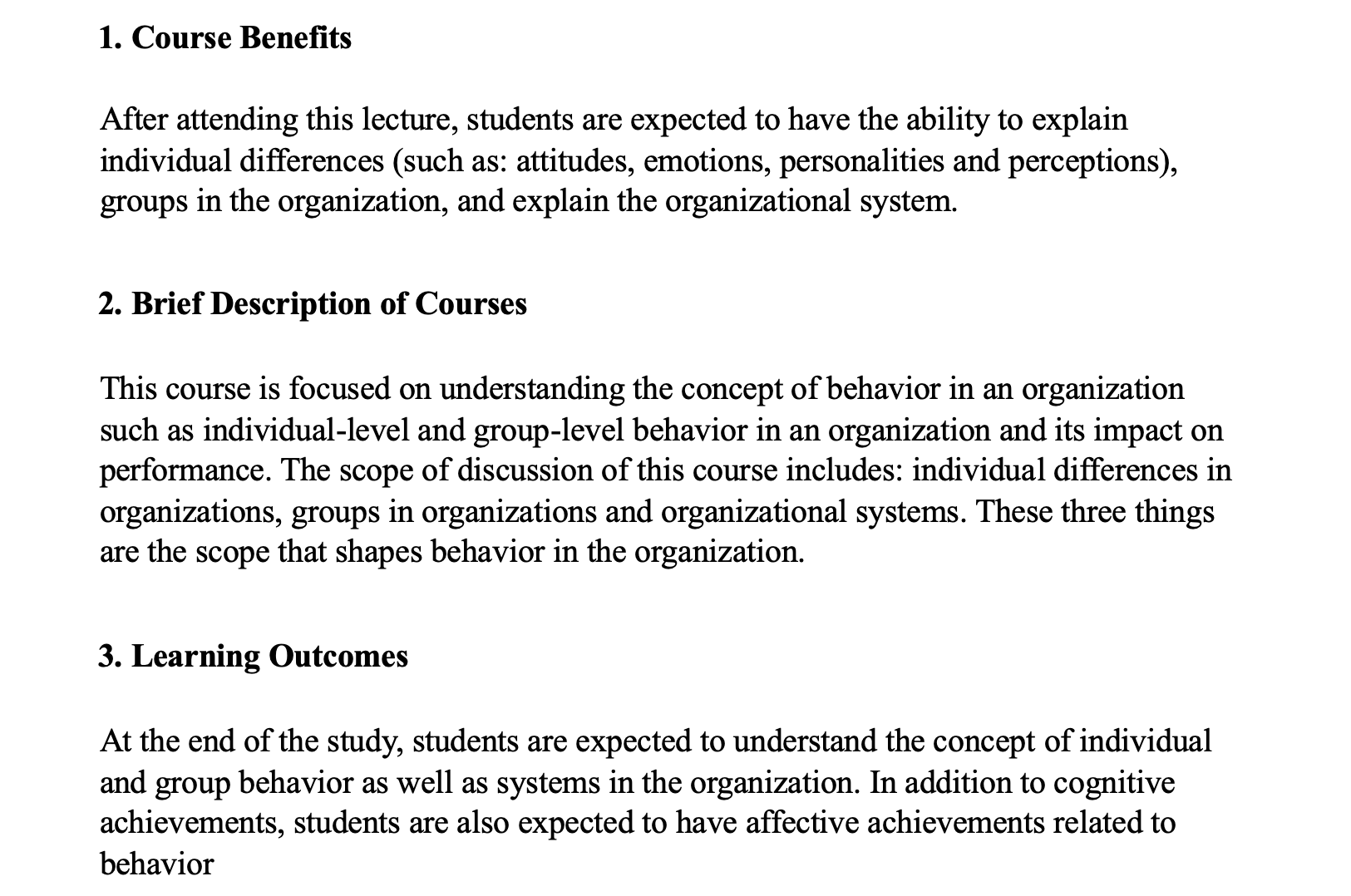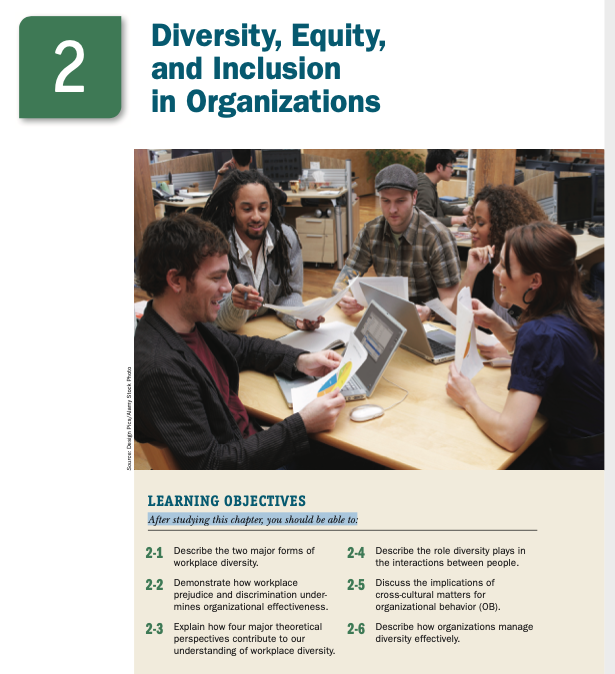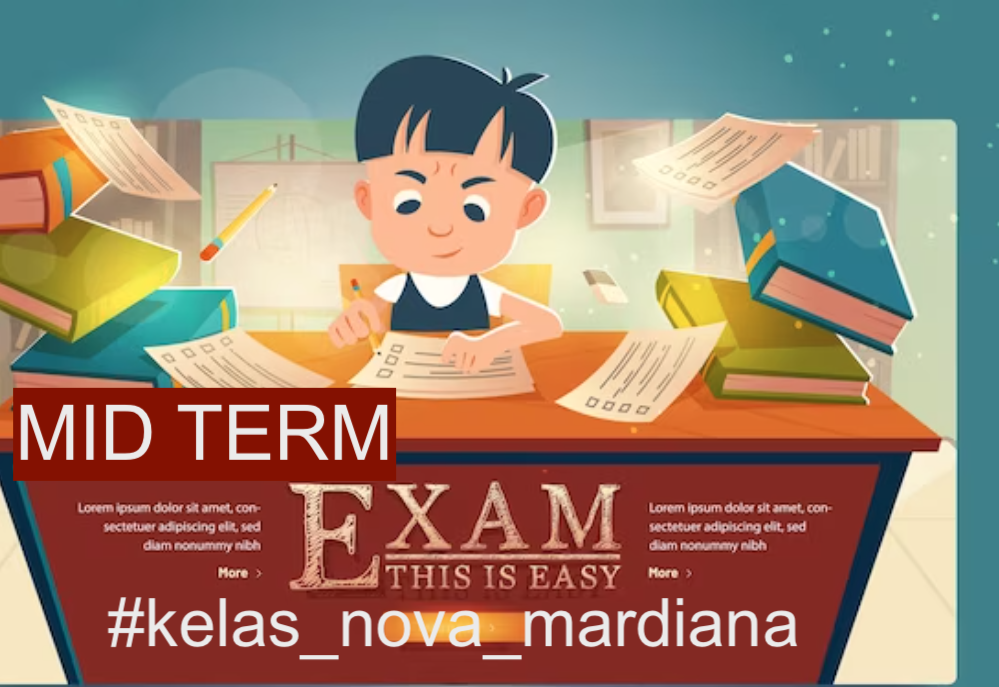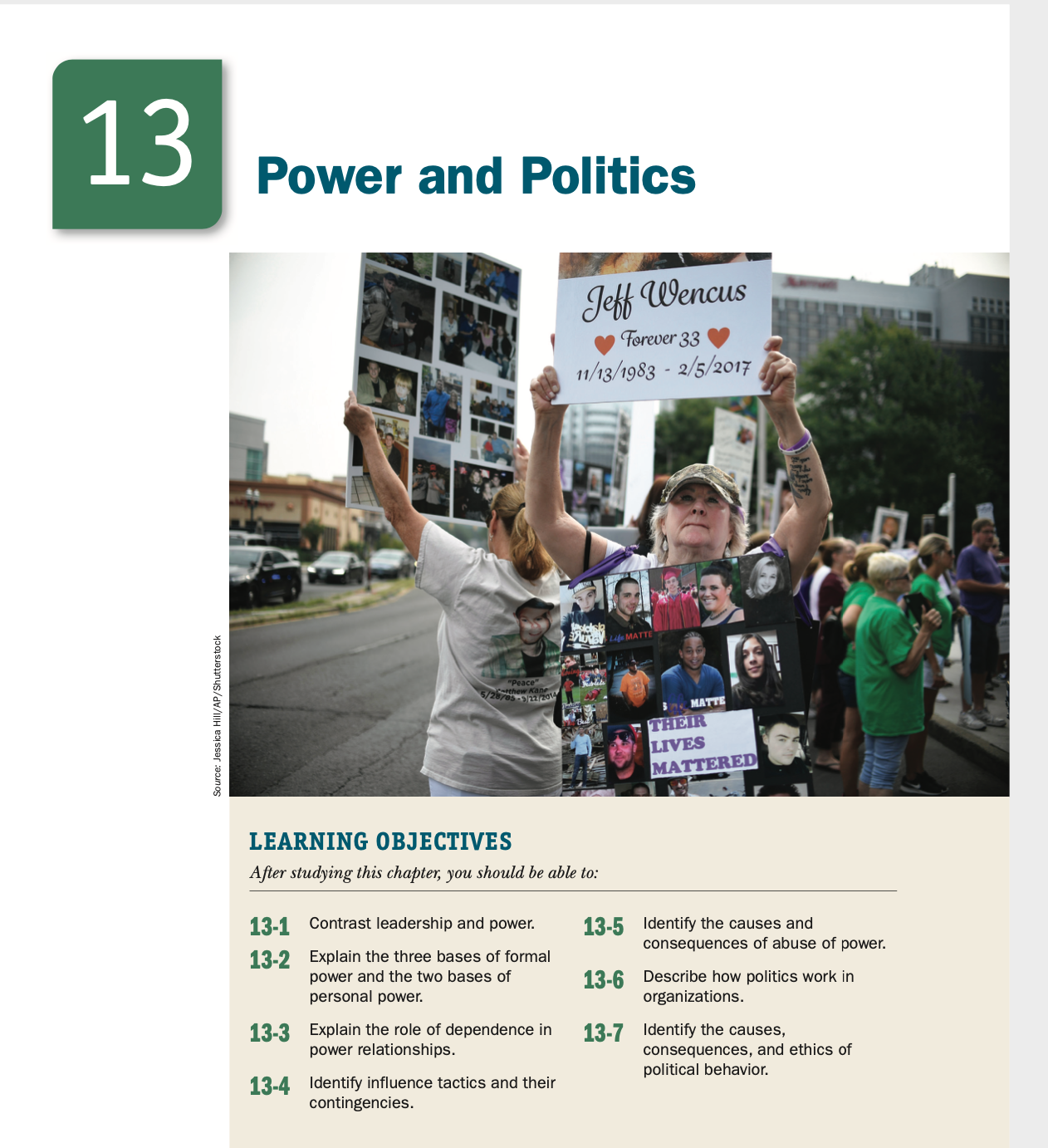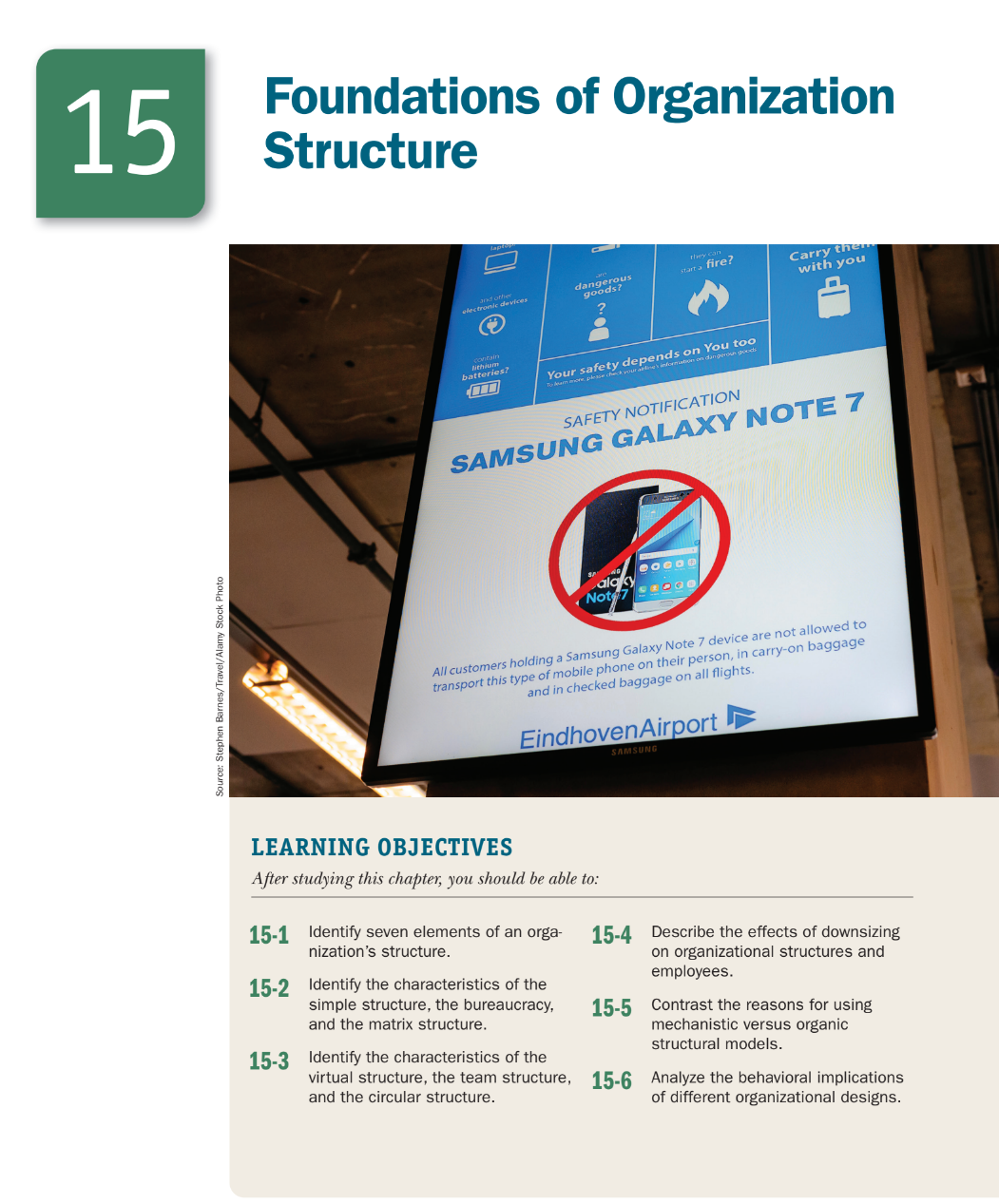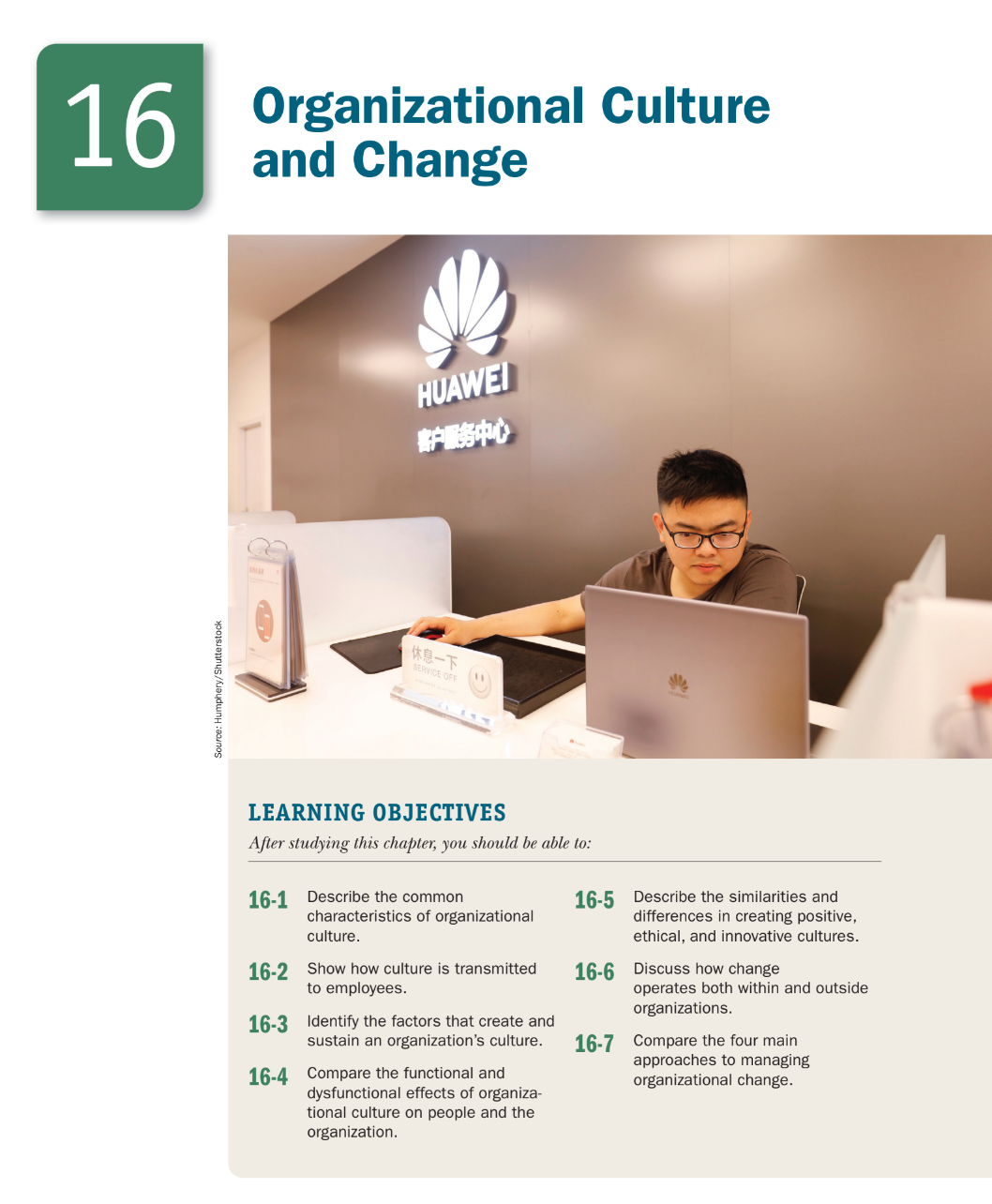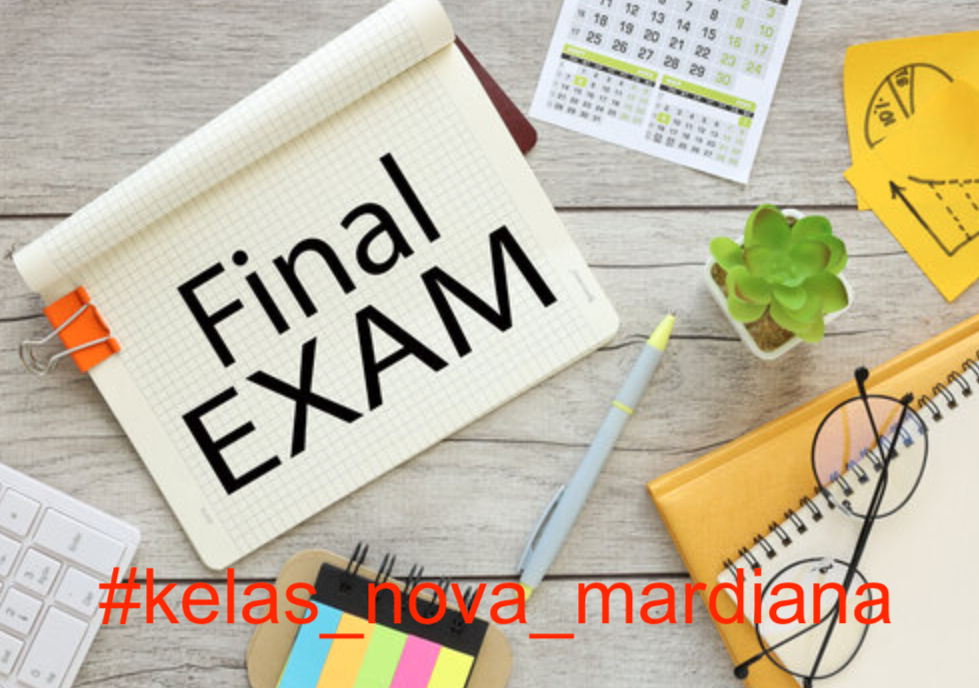Weekly outline
General

the book- Bismillaahirrahmaanirrahiim,
Assalamu'alaikum Wr. Wb.
Shalom, Om Swastiastu, Namo Budaya, Salam Kebajikan.
Tabikpuuun..Welcome to the ORGANIZATIONAL BEHAVIOR Class A lecture
Department of Management FEB Unila
This lecture is taught by 2 lecturers:
Dr. Nova Mardiana, S.E., M.M. dan Dr. Ayi Ahadiat, S.E., M.Si


Hopefully we all gain a lot of benefits from this lecture and get maximum results.
Wassalamualaikum Wr Wb SCORE
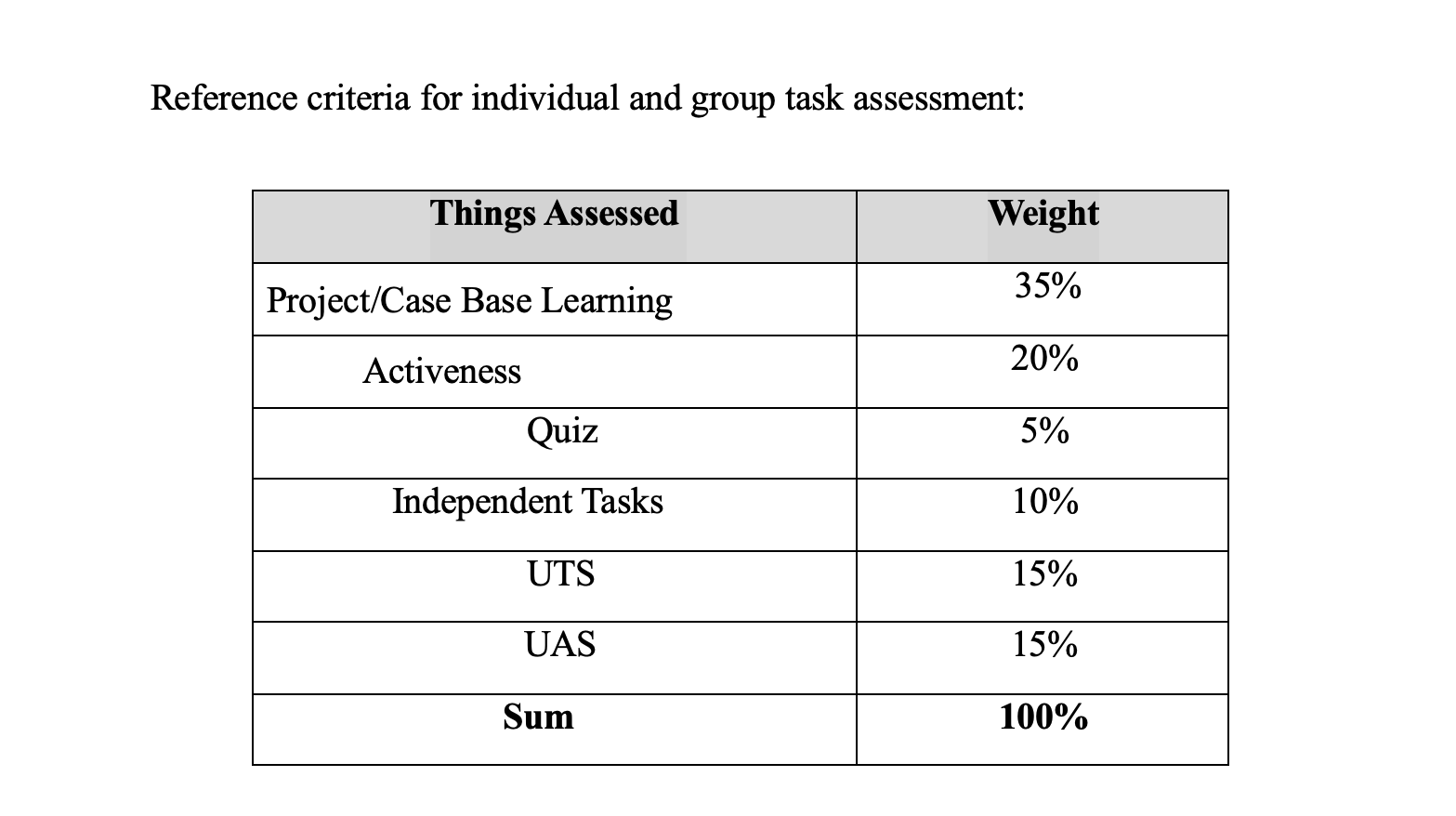

Organizational Behavior, Global EditionORGANIZATIONAL
BEHAVIOR
Stephen P. Robbins —San Diego State University
Timothy A. Judge —The Ohio State University
19TH EDITION
GLOBAL EDITION
Product Management: Yajnaseni Das and Ishita Sinha
Content Strategy: Steven Jackson, Daniel Luiz, and Kajori Chattopadhyay Product Marketing: Wendy Gordon, Ashish Jain, and Ellen Harris Supplements: Bedasree Das
Production: Vamanan Namboodiri
Digital Studio: Vikram MedepalliRights and Permissions: Anjali Singh and Ashish Vyas
Please contact https://support.pearson.com/getsupport/s/contactsupport with any queries on this content.
Cover Photo: Paulphin Photograph/Shutterstock
Microsoft and/or its respective suppliers make no representations about the suitability of the information contained in the documents and related graphics published as part of the services for any purpose. All such documents and related graphics are provided “as is” without warranty of any kind. Microsoft and/or its respective suppliers hereby disclaim all warranties and conditions with regard to this information, including all warranties and conditions of merchantability, whether express, implied or statutory, fitness for a particular purpose, title and non-infringement. In no event shall Microsoft and/or its respective suppliers be liable for any special, indirect or consequential damages or any damages whatsoever resulting from loss of use, data or profits, whether in an action of contract, negligence or other tortious action, arising out of or in connection with the use or performance of information available from the services.
The documents and related graphics contained herein could include technical inaccuracies or typographical errors. Changes are periodically added to the information herein. Microsoft and/or its respective suppliers may make improvements and/or changes in the product(s) and/or the program(s) described herein at any time. Partial screen shots may be viewed in full within the software version specified.
Microsoft®, Windows®, and Excel® are registered trademarks of the Microsoft Corporation in the U.S.A. and other countries. This book is not sponsored or endorsed by or affiliated with the Microsoft Corporation.
Pearson Education Limited KAO Two
KAO Park
Hockham WayHarlow
Essex
CM17 9SR United Kingdomand Associated Companies throughout the world
Visit us on the World Wide Web at: www.pearsonglobaleditions.com
© Pearson Education Limited, 2024
The rights of Stephen P. Robbins and Timothy A. Judge to be identified as the authors of this work have been asserted by them in accordance with the Copyright, Designs and Patents Act 1988.
Authorized adaptation from the United States edition, entitled Organizational Behavior, 19th edition, ISBN 978-0-13-747464-6, by Stephen P. Robbins and Timothy A. Judge, published by Pearson Education © 2023.
Acknowledgments of third-party content appear on the appropriate page within the text, which constitutes an extension of this copyright page.
All rights reserved. No part of this publication may be reproduced, stored in a retrieval system, or transmitted in any form or by any means, electronic, mechanical, photocopying, recording or otherwise, without either the prior written permission of the publisher or a license permitting restricted copying in the United Kingdom issued by the Copyright Licensing Agency Ltd, Saffron House, 6–10 Kirby Street, London EC1N 8TS.
PEARSON, ALWAYS LEARNING, and MYLAB are exclusive trademarks owned by Pearson Education, Inc. or its affiliates in the U.S. and/or other countries.
All trademarks used herein are the property of their respective owners. The use of any trademark in this text does not vest in the author or publisher any trademark ownership rights in such trademarks, nor does the use of such trademarks imply any affiliation with or endorsement of this book by such owners. For information regarding permissions, request forms, and the appropriate contacts within the Pearson Education Global Rights and Permissions department, please visit www.pearsoned.com/permissions/.
This eBook is a standalone product and may or may not include all assets that were part of the print version. It also does not provide access to other Pearson digital products like MyLab and Mastering. The publisher reserves the right to remove any material in this eBook at any time.
ISBN 10: 1-292-45002-9
ISBN 13: 978-1-292-45002-5 eBook ISBN: 978-1-292-44996-8British Library Cataloguing-in-Publication Data
A catalogue record for this book is available from the British Library1 21
Typeset in New Baskerville ITC Pro and 10.5 by Integra Software Services Pvt. Ltd ebook formatted by B2R Technologies Pvt. Ltd.
SCHEDULE

Please fill your CBL's report here..
1st session; Overview, RPS, Course Contract, etc Contract
Assalamu'alaikum Warahmatullah Wabarakatuh
Tabik Puuuun....
Welcome to the Organizational Behavior course. This course is important to understand the behavior of people in an organization. For those of you who enjoy dealing with psychology, this course will slightly overlap with that field of science.
In the first meeting we will discuss the RPS and course contracts as well as an overview of the Organizational Behavior course material
The RPS describes the material that will be discussed in 1 semester while the course contract contains the rules for attending lectures for 1 semester.
We hope that you can attend lectures well and have perfect results at the end of the lecture
2nd session; Ch 1. What is Organizational Behaviour ?

- Organization Behavior Chapter 1
Answers this questions:-
Define what is OB ?
-
Show the value of systematic study of OB.
Identify the behavioral science that contribute to OB.
Compare the 3 levels of analysis in this text's OB model.
Describe the skills employability gained studying OB.
-
3rd session; Ch 2. DIVERSITY, EQUITY AND INCLUSION IN ORGANIZATIONS and Ch 3. JOB ATTITUDES & Ch 3. Job Attitudes
OB_CH 2 & 3_Diversity in Organization & Attitude and Job Satisfication
Answers this questions1. Explain the concept of diversity in organizations and its impact on workplace dynamics!
2. Identify the relationship between employee attitudes and job satisfaction!
3. Analyze how diversity and attitudes influence overall organizational performance?
4. Explain Develop strategies to foster inclusivity and enhance job satisfaction in the workplace!
4th session; Ch 4. EMOTIONS AND MOODS and Ch 5. PERSONALITY AND INDIVIDUAL DIFFERENCES


Answers this Questions...
1. Differentiate between emotions and moods!
2. Identify the sources of emotions and moods!
3. Show the impact of emotional labor on employees!
4. Explain the theory of affective events!
5. Explain emotional intelligence!
6. Identify strategies for emotion regulation.
7. Describe the differences between person–job fit and person– organization fit.
8. Describe personality, the way it is measured,andthefactorsthat shape it.
9. Describe the strengths and weak-nesses of the Myers-Briggs Type Indicator (MBTI) personality frame-work, the Big Five Model, and the Dark Triad.
10.Describe how the situation affects whether personality predicts behavior.

5th session; Ch 6. Perception and Individual Decision Making.

Organizational Behavior, Global Edition
LEARNING OBJECTIVES
After studying this chapter, you should be able to:
1. Explain the factors that influence perception.
2. Explain how individual differences and organizational constraints affect decision making.
3. Explain the link between perception and decision making.
4. Contrast the rational model of decision making with bounded rationality and intuition.
5. Describe attribution theory.
6. Contrast the three ethical decision criteria.
7. Describe the three-stage model of creativity.
Answers this questions...
1. Explain the factors that influence perception.
2. Explain how individual differences and organizational constraints affect decision making.
3. Explain the link between perception and decision making.
4. Describe about attribution theory.
5. Explain about the three ethical decision criteria.
6. Describe the three-stage model of creativity.

6th session; Ch 7. The Motivation Concepts & Ch 8. Motivation: from Concept to Application
Ch 7.

Ch 8.

LEARNING OBJECTIVES Ch 7:
After studying this chapter, you should be able to:
1. Describe the three key elements of 7-5 motivation.
2. Compare the classic theories of motivation.
3. Contrast the content-based theories of motivation, including self- determination theory, regulatory-focus theory, and job engagement theory.
4. Understand the differences between the context-based theories of mo- tivation: reinforcement theory and social learning theory.
5. Describe how the contemporary theories of motivation complement one another.
6. Compare the process-based theories of motivation: expectancy theory, goal-setting theory, and self-efficacy theory.
7. Describe the forms of organizational justice, including distributive justice, procedural justice, informational jus- tice, and interactional justice.
LEARNING OBJECTIVES Ch 8
After studying this chapter, you should be able to:
-
Describe how the job characteristics model (JCM) motivates through job design.
-
Compare the main ways jobs can be redesigned.
-
Explain how specific alternative work arrangements can motivate employees.
4. Demonstrate how different types of extrinsic pay programs can influence employee motivation.
-
Show how flexible benefits can motivate employees
Identify the motivational benefits of intrinsic rewards.
Describe how employee involvement measures can motivate employees.
-
Ch 7. The Motivation Concepts & Ch 8. Motivation: from Concept to Application
https://drive.google.com/file/d/13L070m8ndb2nt59V7XU45NEX4W_Y4HqI/view?usp=sharing
Answers this questions..
QUESTIONS FOR REVIEW Ch 7
7-1 What are the three key elements of motivation?
7-2 What are some classic theories of motivation? How applicable are they today?
7-3 What are the similarities and differences between self-determination theory, regulatory focus theory, and job engagement theory?
7-4 What are the fundamental principles of reinforcement theory and social learning theory?
7-5 How do expectancy theory, goal-setting theory, and self-efficacy theory operate during the motivation process?
7-6 What are some of the various organizational justice types, and what are their outcomes?
7-7 How do the contemporary theories of motivation complement one another?
QUESTIONS FOR REVIEW ch 8.
8-1 How does the job charactieristics model motivate individuals?
8-2 What are the major ways that jobs can be redesigned?
8-3 What are the motivational benefits of each of the alternative work arrangements?
8-4 How can employee involvement motivate employees?
8-5 How can the different types of variable-pay programs increase employee motivation?
8-6 How can flexible benefits motivate employees?
8-7 What are the motivational benefits of intrinsic rewards?
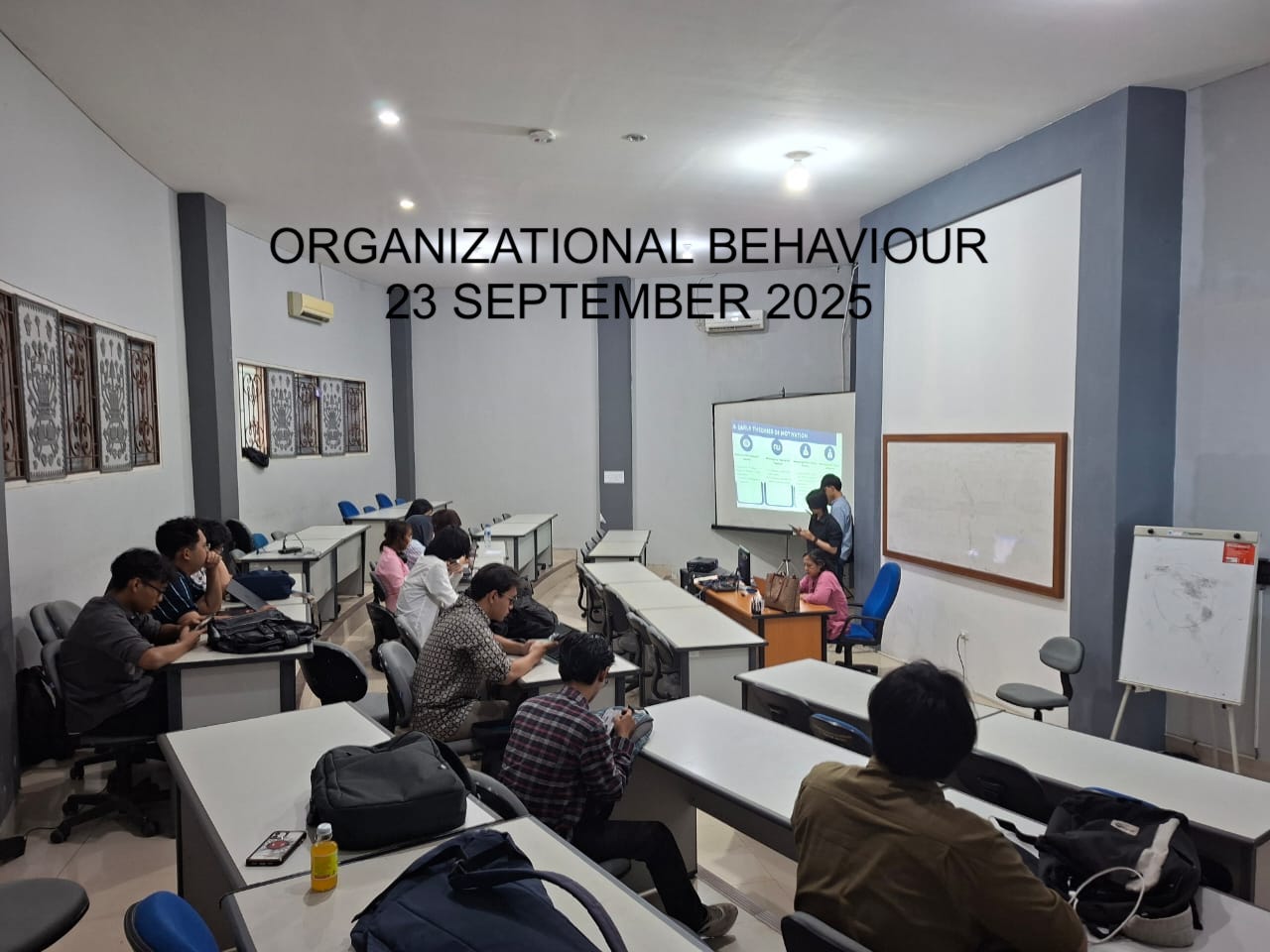
7th session; Ch 9. Foundations of Group Behavior & Ch 10. Understanding Work Teams
Ch 9.

Ch 10.

Organizational Behavior, Global Edition
LEARNING OBJECTIVES Ch 9After studying this chapter, you should be able to:
-
Distinguish between the different types of groups.
-
Describe the punctuated-equilibrium model of group development.
-
Show how role requirements change in different situations.
9-4
Demonstrate how norms exert influence on an individual’s behavior.
LEARNING OBJECTIVES Ch 10
After studying this chapter, you should be able to:
1. Contrast groups and teams.
2. Contrast the five types of team arrangements.
3. Identify the characteristics of effective teams
4. Explain how organizations can create effective teams.
5. Decide when to use individuals instead of teams.
-
QUESTIONS FOR REVIEW
1 What are the different types of groups?
2 What are the key components of the punctuated-equilibrium model?
3 How do role requirements change in different situations?
4 How do group norms influence an individual’s behavior?
5 How do status and size differences affect group performance?
6 How can cohesion support group effectiveness?
7 What are the strengths and weaknesses of group (versus individual) decision making?
8 What is the difference between a group and a team?
9 What are the five types of team arrangements?
10 What conditions or contextual factors determine whether teams are effective?
11 How can organizations create effective teams?
12 When is work performed by individuals preferred over work performed by teams?
8th session; MIDTERM
Assalamu'alaikum Wr Wb
Tabik Pun...
Pertemuan ini merupakan temu kedelapan perkuliahan kita.
Mari kita mulai dengan membaca doa menurut agama masing-masing. Bagi yang Muslim bisa ditambahkan doa belajar setelah membaca basmallah.
Semoga pembelajaran kita diridhoi dan diberkati oleh Allah SWT. Aamiin..
Pada pertemuan ke delapan kali ini kita akan menyelenggarakan MID SEMESTER.
Silahkan menjawab pertanyaan dari soal yang diberikan
9th session; Ch 11. Communication

Organizational Behavior, Global Edition
LEARNING OBJECTIVES
After studying this chapter, you should be able to:
-
11-1 Describe the types of interper- sonal communication.
-
11-2 Evaluate how to choose communi- cation methods and handle barri- ers to effective communication.
-
11-3 Discuss the various forms of vir- tual communication used in mod- ern organizations.
-
11-4 Analyze the issues surrounding smartphones, social media, and cybersecurity confronting modern organizations.
-
11-5 Recognize how to engage in effec- tive cross-cultural communication in organizations.
-
https://drive.google.com/file/d/1ffU9Px3JUfE2u3zTPhUrx2kut6_9yGdX/view?usp=sharing
QUESTIONS FOR REVIEW
1 What are the types of interpersonal communication?
2 How does one choose between communication methods and handle barriers to effective communication?
3 What are the various forms of virtual communication used in modern organizations?
4 What are the issues surrounding smartphones, social media, and cybersecurity confronting modern organizations?
5 How can one engage in effective cross-cultural communication in organizations?
10th session; Ch 12. LEADERSHIP

Organizational Behavior, Global Edition
LEARNING OBJECTIVES
After studying this chapter, you should be able to:
-
Summarize the conclusions of trait theories of leadership.
Identify the central tenets and main limitations of behavioral theories of leadership.
Contrast contingency theories of leadership.
Describe the positive leadership styles and relationships.
Discuss the roles of leaders in creating ethical organizations.
Describe how leaders can have a positive impact on their organizations through building trust.
Identify the challenges and opportunities to our understanding of leadership.
-
QUESTIONS FOR REVIEW
12-1 What are the conclusions of trait theories of leadership?
12-2 What are the central tenets and main limitations of behavioral theories of leadership?
12-3 What are the contingency theories of leadership?
12-4 What are the positive leadership styles and relationships?
12-5 In what ways can leaders create ethical organizations?
12-6 How can leaders have a positive impact on their organizations through building trust?
12-7 What are the challenges and opportunities to our understanding of leadership?
- This week
14th session; Ch 16. Organizational Culture and change & Ch 17. Human Resources Policy and Practice
.
15th session; Ch 18. ORGANIZATIONAL CHANGE AND STRESS MANAGEMENT
.

https://drive.google.com/file/d/1B6MKA1HM4RPx8hqdvxESsqNca5mzJJrZ/view?usp=sharing

